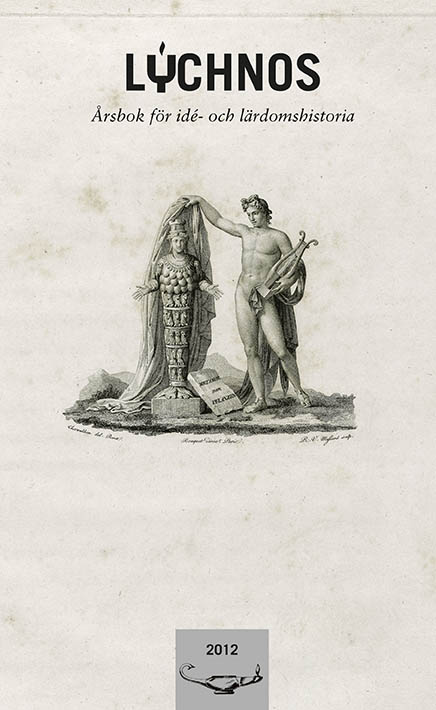Vad betyder en armbåge?
Om innebörden i Margaret Cavendishs frontespiser
Abstract
Margaret Cavendish was one of the most prolific female writers of the 17th century. She published thirteen books during her productive life, encompassing natural philosophy, poetry, drama, orations, essays, historical narrations and letters. As an intellectual woman in a time when this was much considered an oxymoron, she needed to justify her intervention in the learned world. One way of doing this was through numerous peritexts, in line with the concept of Gérard Genette. Hence all her books are introduced with explanatory forewords, dedications and authorial remarks. Furthermore she added frontispieces to her publications. Three frontispieces were made by the artist Abraham van Diepenbeek during her and her husband’s exile in Antwerpen in the 1650s. These show Cavendish in three different settings, which some scholars want to interpret as her desire to appear either as a lonely genius, or as a happy wife. In the article I want to debate this interpretation, by focusing on the third frontispiece in which Cavendish is portrayed with an arm akimbo and which is the most frequently used in her books. Placing the picture in the context of an early modern pictorial tradition of emblems as well as in the context of the Renaissance concept of man, I try to show that Cavendish was well aware of the controversial in publishing her work, but also how she with a good portion of humour insisted on her right to do so.
Downloads
Publicerad
Nummer
Sektion
Licens
This work is licensed under a Creative Commons Attribution 4.0 International License. The copyright for the work published in Lychnos remains with the authors.


